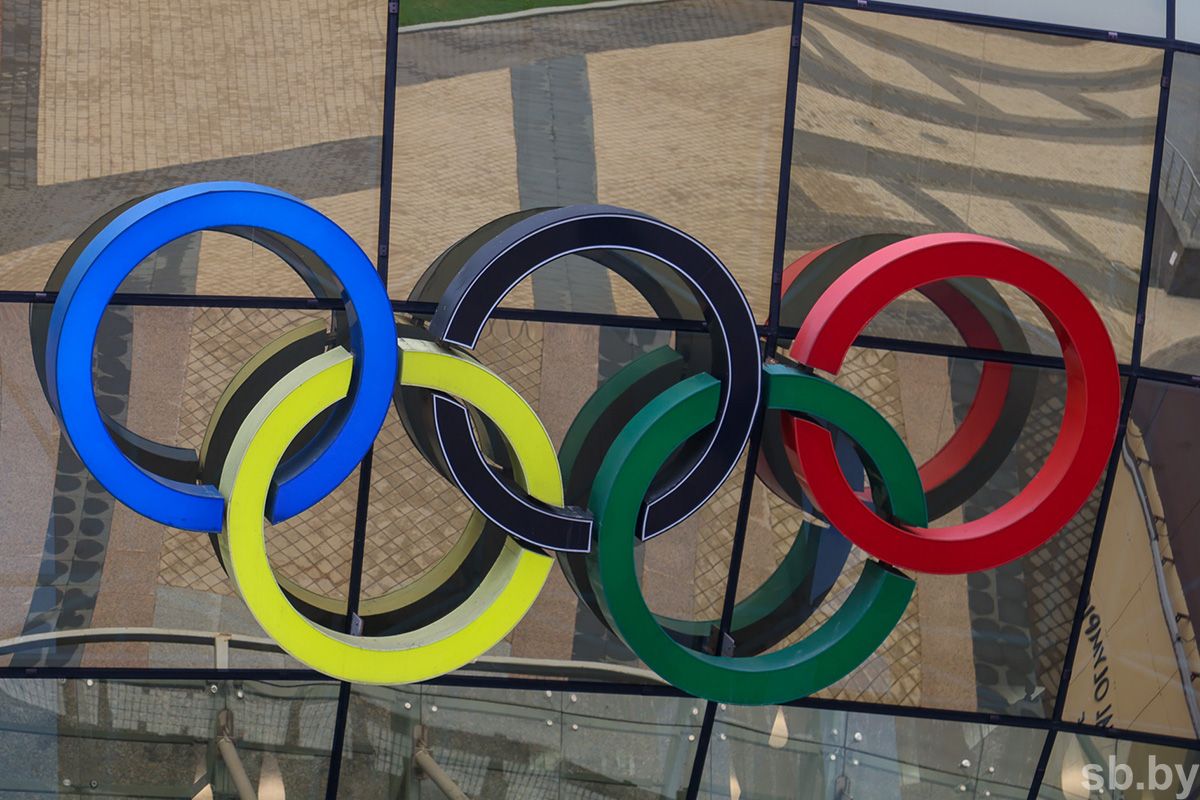In a bid to tap into new global audiences and diversify the sporting events, the International Olympic Committee (IOC) added five sports to the program for the 2028 Los Angeles Games. This decision, approved during an IOC meeting in Mumbai, adheres to IOC rules that allow each host city to propose the inclusion of several sports for their edition of the Games. The five sports, proposed by the 2028 organizers and given the green light by the IOC, include cricket, flag football, lacrosse, squash, and baseball-softball.
Cricket, a sport with a massive global following, will make its Olympic debut in 2028, aiming to attract a broader audience.
What is flag football?
Flag football, a non-contact variant of American football played by teams of five, will also be featured, marking a return of American football to the Olympic stage for the first time since its demonstration sport appearance in the 1932 LA Games.
Flag football is a modified version of American football, known for its non-contact nature, where players wear belts with attached flags instead of tackling each other. This fast-paced sport, typically played by teams of five or more, has gained popularity as a recreational and competitive alternative to traditional American football. It’s not only a fun and exciting game but also a sport that offers inclusivity and accessibility.
The game’s objective is to advance the ball down the field to score touchdowns by removing an opponent’s flag, simulating a tackle. With its non-contact rules, flag football is safer and allows people of various ages and skill levels to participate without the risk of injury associated with traditional football.
Also Read: Buffalo Bills and New York Giants players engage in scuffle| Watch Video
Flag football’s inclusion in the 2028 Los Angeles Olympics program marks a historic return of American football to the Olympic stage, albeit in its more approachable format. This decision is seen as an attempt by the International Olympic Committee (IOC) to engage a broader and more diverse audience and introduce new sports to the world stage. It also provides a unique opportunity for the sport to shine and gain recognition on a global platform, showcasing its accessibility and inclusivity, making it an exciting addition to the Olympics.







